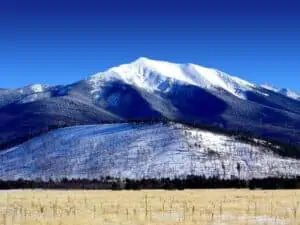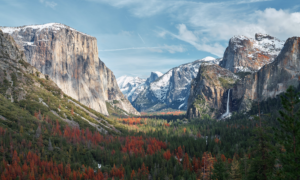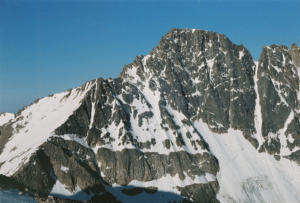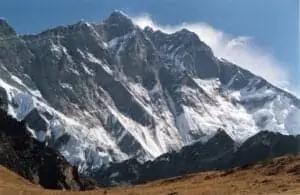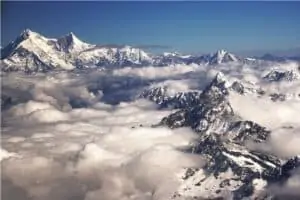Kilimanjaro: A Climbing and Hiking Experience
Kilimanjaro is a dormant volcano located in Northeast Tanzania, near the Kenya border. It towers 16,100 feet above its surrounding arid plains and has 2 sided mountaintop ranges with one side taller than another at 19,311 ft.
Beneath this ice dome snow extends down long gullies that have been erosion along their length by nature’s hand into these mountainsides which gives rise to many meltwater streams throughout time periods when there was no runoff due for example after heavy rains or during the melting season but both ends are now frozen due perhaps most likely being caused because of climate change over recent years.
Kibo, the large summit crater on top of Kilimanjaro is home to Africa’s highest peak – Uhuru. The 1.5-mile wide caldera was formed by an incredible explosion and has walls that reach over 6500 feet into space. In addition to being aesthetically pleasing with its icy blue skies framing lush green forests below it contains some amazing features like active glaciers right at base camp which make for great photo opportunities.
If you are looking to challenge yourself on your climb, Mawenzi is the better option. It’s older and more jagged than Kilimanjaro with sheer faces on all sides that require rock climbing skills in order for one to approach without ice or snow-covered ground.
Climbing Mount Kilimanjaro
The standard route up Mount Kilimanjaro is the Marangu Route. The route begins at the Mount Kilimanjaro National Park gate. It ascends through the rain forest to Mandara Hut, then to Horombo Hut, Kibo Hut, and finally Uhuru Peak (the summit of Mount Kilimanjaro). The total ascent/descent is about 12 miles (19 km) with an elevation gain of about 4900 feet (1500 meters). The average climb time is six days, but the fastest ascent/descent has been done in over 12 hours.
Mountaineering Mount Kilimanjaro requires determination, stamina, physical fitness training – it’s not for everyone. This blog post will provide you with information about preparing for this adventure.
The first step is to acclimate to the high altitude. You’ll want to spend at least a few days in Tanzania or Kenya before attempting the summit. Mount Kilimanjaro is a high-altitude mountain, and the air is thin. You’ll want to be sure to drink plenty of water, eat lots of carbohydrates, and avoid alcohol. The next step is to purchase the proper gear. You’ll need a good pair of hiking boots, waterproof pants and jacket, hat and gloves, sunglasses, and sunscreen. It’s also important to have a backpack, water bottle, headlamp, and first-aid kit.
The final step is to practice hiking with a loaded backpack. Find a hill near your home and start hiking. The goal is to hike for at least four hours with a weighted pack. This will help you prepare for the summit push.
Hiking Mount Kilimanjaro is a challenging but rewarding experience. If you’re prepared and take the necessary precautions, you’ll be able to summit this iconic mountain.
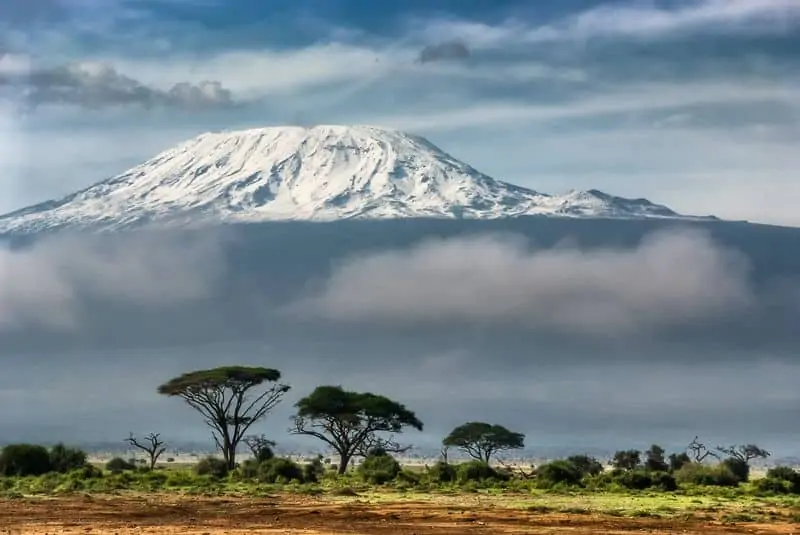

| Overview | |
|---|---|
| Elevation (feet) | 19,341 ft. |
| Elevation (meters) | 5,895 m. |
| Continent | Africa |
| Country | Tanzania |
| Range/Region | East Africa Mountains |
| Latitude | -3.065653 |
| Longitude | 37.352013 |
| Difficulty | Walk up |
| Best Months For Climbing | Dec, Jan, Feb, Mar, Jun, Jul, Aug |
| Year First Climbed | 1889 |
| First Successful Climber(s) | Hans Meyer and Ludwig Purtscheller |
| Nearest Major Airport | Marangu via Moshi, Tanzania |
| Convenient Center | Kilimanjaro International Airport (KIA), Tanzania |
| Resource Links |
|---|
| Summit Post |
| Wikipedia |
| Mountain Guide's Trip Report |
| Kilimanjaro Routes |

